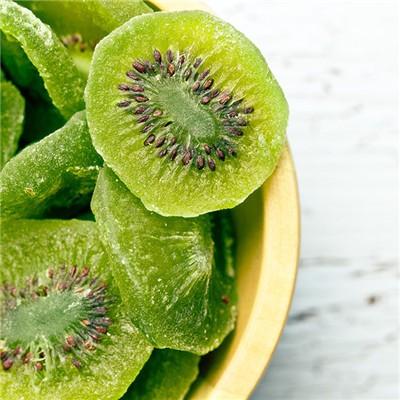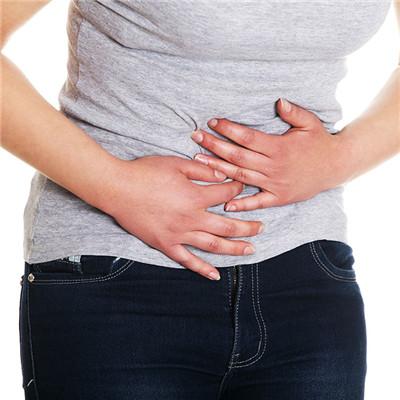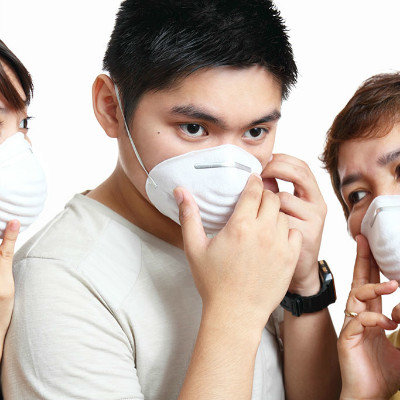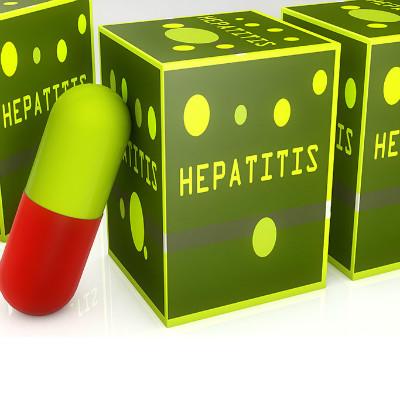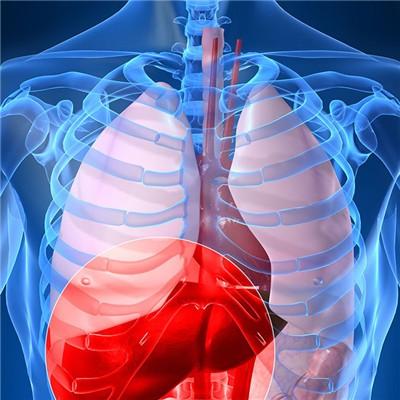How long can photosensitive reaction be good?
summary
Photosensitive reaction refers to the photochemical reaction initiated by photosensitizer. Photosensitive reaction in medicine generally refers to the photosensitive reaction of drugs, that is, the adverse reactions caused by exposure to ultraviolet rays after the use of drugs. There are individual differences in the frequency and severity of photosensitive reaction. Generally speaking, people prone to photosensitive reaction are: people with delicate skin, children, old people and women who are using antibiotics for acne, as well as patients with human immunodeficiency disease, lupus erythematosus and impaired immune function. Therefore, when using photosensitive drugs, these people must take appropriate protective measures to avoid the damage of phototoxic reaction.
How long can photosensitive reaction be good?
To publicize the knowledge of medication protection for patients, such as telling patients that they should avoid excessive exposure to sunlight during medication and within 5 days after stopping medication, and taking some measures to shield sunlight, especially UVA and UVB, to reduce the occurrence of photosensitive reaction; In case of phototoxic reaction or skin damage, the drugs with photosensitive effect should be stopped immediately, and other drugs for the treatment of primary diseases should be replaced. In addition, patients should go to dermatology department for treatment. Do not use drugs arbitrarily to avoid delaying the disease.

If you are allergic to the sun after taking the medicine, you need to avoid the sun immediately when the skin initially appears tingling or erythema, and wet the swollen and hot parts with cold water. For the first time, avoid sunlight and other light, including the exposure of fluorescent lamps. Therefore, patients should be extra careful even at home.

The patients who had phototoxic reaction could not receive sunlight or ultraviolet radiation when the symptoms did not disappear and within 5 days after the symptoms disappeared, so as to avoid phototoxic reaction again.

matters needing attention
It is worth noting that in addition to some drugs, there are also some foods that can produce this kind of photoallergic reaction, such as coriander, celery, rape, mustard, fig, lemon, yellow mud snail and so on. If a large amount of food is eaten and then exposed to the sun, there will be "vegetable solar rash", "yellow mud snail solar rash" and "fig rash". Therefore, for people with allergic skin, they should be very careful when taking medicine, eating in the sun and so on.
